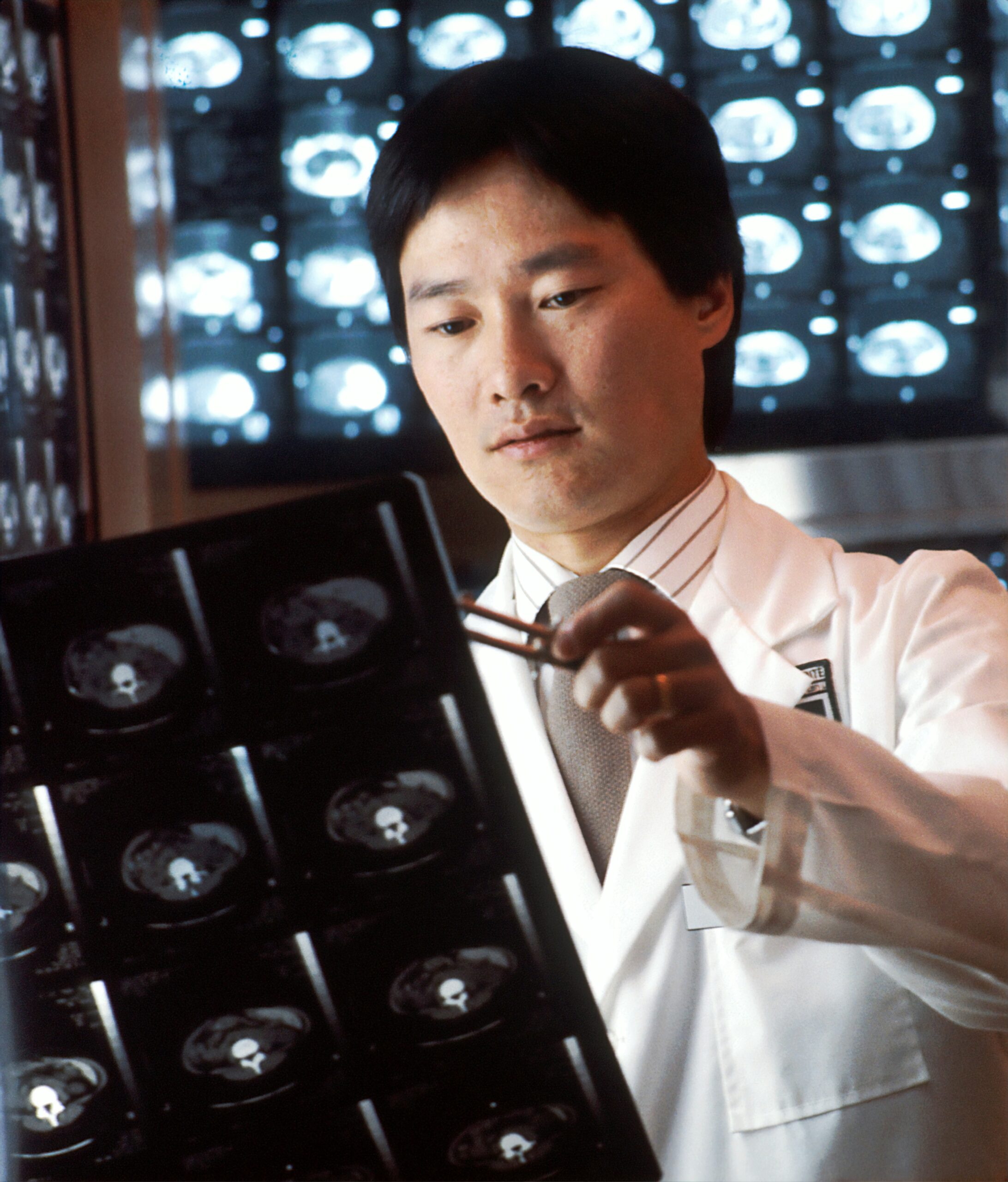
Understanding Computed Tomography Scan Analysis
Computed Tomography (CT) scan analysis is a valuable medical imaging technique that provides detailed cross-sectional images of the body. It plays a crucial role in diagnosing and monitoring various health conditions. In this blog post, we will explore the process of CT scan analysis, its applications, and its significance in modern healthcare.
What is a CT Scan?
A CT scan, also known as a CAT scan (Computerized Axial Tomography), utilizes X-ray technology and computer processing to create detailed images of the body’s internal structures. It involves a series of X-ray images taken from different angles, which are then combined to form cross-sectional images. These images can be viewed as slices or 3D reconstructions, providing a comprehensive view of the area being scanned.
The Process of CT Scan Analysis
The analysis of a CT scan involves several steps, starting from the acquisition of the images to the interpretation and reporting of the findings. Let’s take a closer look at each step:
1. Image Acquisition
The first step in CT scan analysis is the acquisition of high-quality images. The patient lies on a table that moves through a doughnut-shaped machine called a CT scanner. The scanner emits X-ray beams, which are detected by sensors on the opposite side. These sensors capture the X-rays that pass through the body and convert them into digital signals.
2. Image Reconstruction
Once the images are acquired, they undergo a process called image reconstruction. This involves using advanced computer algorithms to combine the data from multiple X-ray projections and create cross-sectional images. The reconstructed images can be viewed on a computer monitor and manipulated to obtain different perspectives.
3. Image Interpretation
After the images are reconstructed, a radiologist or a trained medical professional interprets them. They analyze the images to identify any abnormalities, lesions, or other signs of disease. The interpretation requires expertise and a deep understanding of anatomy and pathology. The radiologist compares the images with the patient’s medical history and other diagnostic tests to make an accurate diagnosis.
4. Reporting and Communication
Once the interpretation is complete, the radiologist generates a detailed report summarizing the findings. This report is then communicated to the referring physician or specialist who requested the CT scan. The report provides crucial information that helps guide further investigations, treatment plans, and patient management.
Applications of CT Scan Analysis
CT scan analysis has a wide range of applications across various medical specialties. Some common applications include:
1. Diagnosis of Diseases and Conditions
CT scans are often used to diagnose various diseases and conditions, such as cancers, cardiovascular disorders, lung diseases, neurological disorders, and musculoskeletal injuries. The detailed images provided by CT scans help in identifying abnormalities and determining the extent of the disease.
2. Treatment Planning and Monitoring
CT scan analysis plays a vital role in treatment planning and monitoring. It helps surgeons in planning complex surgeries by providing detailed anatomical information. CT scans are also used to monitor the effectiveness of treatments, such as chemotherapy or radiation therapy, by tracking changes in tumor size and response to treatment.
3. Emergency Medicine
In emergency medicine, CT scans are often used to assess traumatic injuries, such as head trauma, abdominal injuries, and fractures. The quick and accurate diagnosis provided by CT scans helps in determining the severity of the injury and guiding immediate medical interventions.
4. Screening and Preventive Care
CT scans are sometimes used as a screening tool for certain conditions, such as lung cancer or coronary artery disease. However, the use of CT scans for screening purposes is carefully evaluated, as it involves exposure to ionizing radiation. The decision to undergo a CT scan for screening is usually based on individual risk factors and the potential benefits.
The Significance of CT Scan Analysis
CT scan analysis has revolutionized medical imaging and has become an indispensable tool in modern healthcare. Its significance lies in its ability to provide detailed, non-invasive images that aid in accurate diagnosis, treatment planning, and monitoring. CT scans have significantly improved patient outcomes by enabling early detection of diseases, guiding minimally invasive interventions, and reducing the need for exploratory surgeries.
However, it is important to note that CT scans involve exposure to ionizing radiation, which carries potential risks. Therefore, the use of CT scans should always be justified based on the individual patient’s clinical needs and the potential benefits outweighing the risks.
Conclusion
Computed Tomography scan analysis is a powerful medical imaging technique that plays a vital role in diagnosing and monitoring various health conditions. Its ability to provide detailed cross-sectional images has transformed the field of radiology and has significantly improved patient care. As technology continues to advance, CT scan analysis will continue to evolve, further enhancing its diagnostic capabilities and contributing to better patient outcomes.


